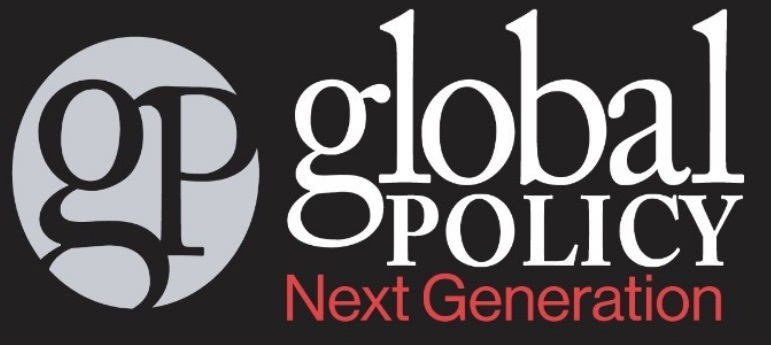
Humanitarian organizations are increasingly using biometric technology. Although the existing literature comprehensively covers this issue, it overlooks the considerable divergence in approaches and policies. In fact, there are significant differences in how biometric data are collected, stored, processed, shared, and protected. Drawing on an analysis of relevant news items, documents, and 17 semi-structured interviews with humanitarian practitioners, this paper explains the variational biometric practices of humanitarian organizations. The case studies are the UN Refugee Agency, the United Nations World Food Programme, the International Committee of the Red Cross, Médecins Sans Frontières, and World Vision International. Contributing to the scholarly debates about, first, the use of technology in humanitarian response and, second, the complex interdependence and power relations between major donors, States, and international organizations, this paper argues that combinations of three broad factors – organizational culture, mandates and scope of action, and institutional structure significantly shape how each organization understands and practices biometrics. Humanitarian organizations have different interests, motivations, ideologies, statuses, structures, and areas of expertise, and they respond differently to the demands of the States and other influential actors, thus having different applications of biometric data.
 Policy implications
Policy implications
- Humanitarian organizations differ in how they collect, store, process, share, and protect biometric data. It is crucial to recognize that there is no one-size-fits-all approach to biometrics to avoid forming inaccurate expectations about the benefits and risks of using this technology in international aid.
- Navigating the intricate interconnections within the humanitarian system, which arise from inherent power imbalances, poses a delicate challenge for humanitarian organizations in making decisions related to biometrics. Policymakers in these organizations must not only provide reassurance to donors and states for security and operational continuity but also uphold the privacy and ethical considerations of aid recipients.
- Humanitarian organizations vary significantly in their interests, motivations, ideologies, structures, and areas of expertise. This diversity poses a challenge to refining policies aimed at enhancing interoperability and establishing standardized protocols for deploying biometric technology in international aid operations.
Photo by Akshay ES